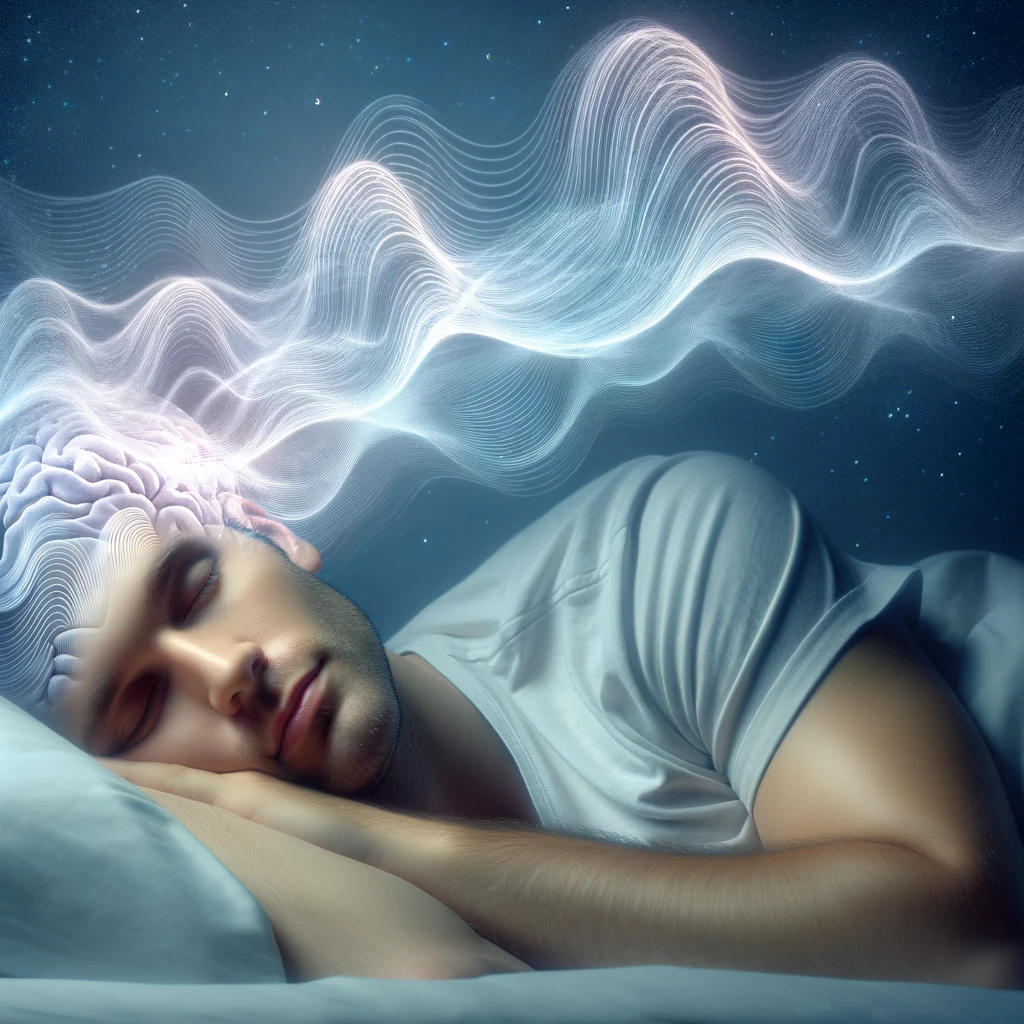Ultimate Guide to Understanding Non-REM Sleep
Non-Rapid Eye Movement (NREM) sleep, encompassing approximately 75-80% of total sleep time, is a critical component of the sleep cycle. Unlike REM sleep, NREM sleep is characterized by slower brain waves, reduced eye movement, and decreased bodily movement. It is divided into three distinct stages, each playing a unique role in physical and mental restoration.
1. NREM Stage 1 (N1)
- Transition Phase: This initial stage acts as a gateway between wakefulness and sleep, typically lasting several minutes.
- Brain Activity: The brain produces theta waves, indicating a reduction in mental activity.
- Physiological Changes: Muscle tone begins to relax, and heart rate starts to slow down.
- Function: N1 serves as a light sleep phase, allowing the body to ease into a state of rest.
2. NREM Stage 2 (N2)
- Deepening Sleep: This stage marks a deeper level of sleep and usually lasts for about 20-25 minutes in the first cycle, extending in subsequent cycles.
- Brain Waves: The appearance of sleep spindles (brief bursts of brain activity) and K-complexes (single high-amplitude waves) are characteristic.
- Physical State: Further reduction in heart rate and body temperature, preparing the body for deep sleep.
- Role: N2 is crucial for overall sleep quality, playing a significant role in cognitive restoration and memory consolidation.

3. NREM Stage 3 (N3)
- Deep Sleep: Also known as slow-wave sleep (SWS), this stage is the deepest form of sleep.
- Brain Patterns: Dominated by delta waves, the slowest and highest amplitude brain waves.
- Physical Response: The body is at its lowest level of physiological activity – muscle activity is minimal, and heart rate and breathing are at their lowest.
- Importance: N3 is essential for physical recovery, tissue repair, immune function, and energy restoration. It is also linked to memory consolidation, particularly declarative memories.
The Progression Through NREM Stages
The progression from N1 to N3 is not linear. Typically, a person will cycle through these stages multiple times during a night’s sleep, with each cycle lasting about 90 minutes. Early in the night, N3 stages are longer, contributing to physical restoration. As the night progresses, the duration of N3 decreases, and sleep cycles are more dominated by N2 and REM stages.
The Role of NREM Sleep in Health and Development
Physical Health
- Restoration: NREM sleep, especially the deep sleep of N3, is vital for physical health, facilitating bodily repair and growth.
- Immune System: It strengthens the immune system, helping in disease prevention and recovery.
- Metabolic Regulation: NREM sleep plays a role in metabolic health, including glucose metabolism and appetite regulation.
Cognitive and Emotional Health
- Memory Consolidation: NREM sleep, particularly the deep sleep stages, is crucial for consolidating new information and experiences.
- Learning Efficiency: It enhances learning capacity and problem-solving skills.
- Emotional Regulation: While REM sleep is often associated with emotional processing, NREM sleep also contributes to emotional stability and stress reduction.
Age-Related Changes
- Children and Adolescents: They spend a larger proportion of their sleep in N3, reflecting the importance of deep sleep in growth and development.
- Adults and Elderly: There is a gradual decrease in the amount of deep sleep (N3) with age, which may contribute to age-related cognitive decline and health issues.
Conclusion
NREM sleep, with its distinct stages, plays a fundamental role in physical restoration, cognitive functioning, and overall well-being. The intricate balance between NREM and REM sleep across the sleep cycle underscores the complexity of sleep as a restorative and regulatory process in human life. Understanding the nuances of NREM sleep stages not only highlights their individual importance but also sheds light on the holistic nature of sleep and its impact on health and development throughout the lifespan.

